- See, React, Respond with Eye Control AF on the EOS R3
-

The EOS R3 is the first EOS digital camera to provide the ground-breaking Eye Control Auto Focus function. Originally introduced in the early 1990’s on the EOS 5 film camera, this feature allows you to control the AF point with your eye through the electronic viewfinder (EVF), opening a whole world of opportunities for fast, intuitive and reactive auto focus control.
Eye Control AF uses infrared LED’s and sensors built into the camera’s viewfinder optics to track where you are looking, enabling you to move focus points simply by looking at a new subject in a different part of the frame.
Eye Control AF can be used in a number of still image shooting scenarios, from shooting portraits to animals, landscapes, macro and sport. Since the AF point can be quickly moved with the position of the eye, it is a fast and intuitive method for quickly switching focus points between multiple subjects.
The EOS R3 features incredible tracking abilities for moving subjects including people, animals and vehicles. Once the camera locks on to the subject it will effectively track movement through the frame allowing you to focus on the composition. Eye Control AF is designed to work hand in hand with this tracking ability, allowing you to intuitively switch between subjects. Eye Control AF is not designed for the user to take over this tracking from the camera, in most cases once tracking is locked in the camera’s built in tracking technology is much more effective.
Eye Control AF is best suited for scenes with multiple subjects and predictable movement. Scenarios include switching between athletes on a sporting field, between the bride and groom at a wedding, or times when you want to switch focus between the foreground and the background of an image.
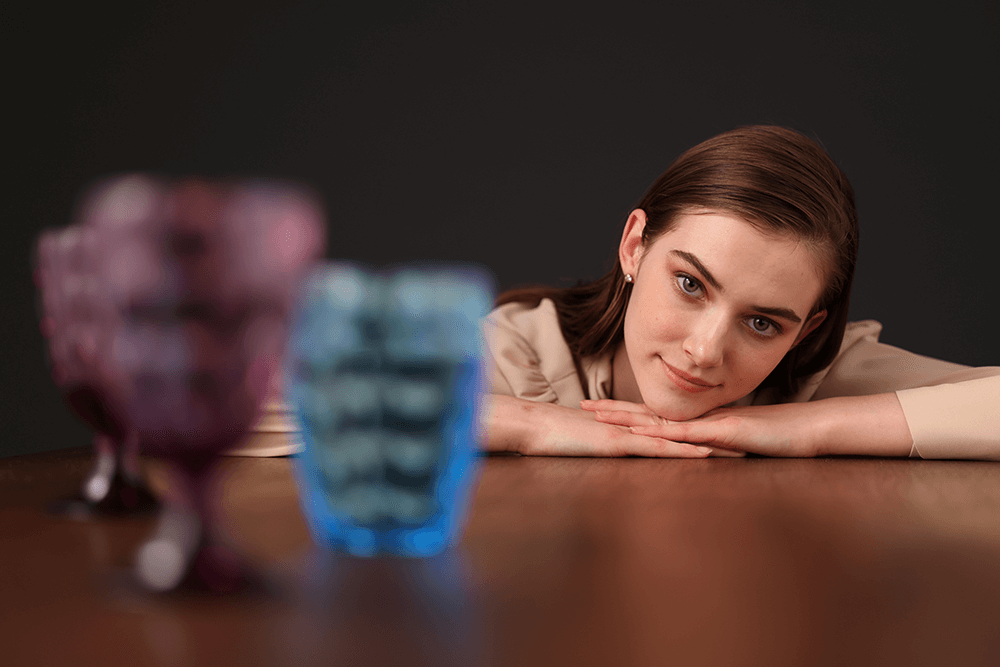

Setting up the Eye Control AF is quick and easy through the on-screen camera menu. It is important to properly calibrate to enable the best AF results.
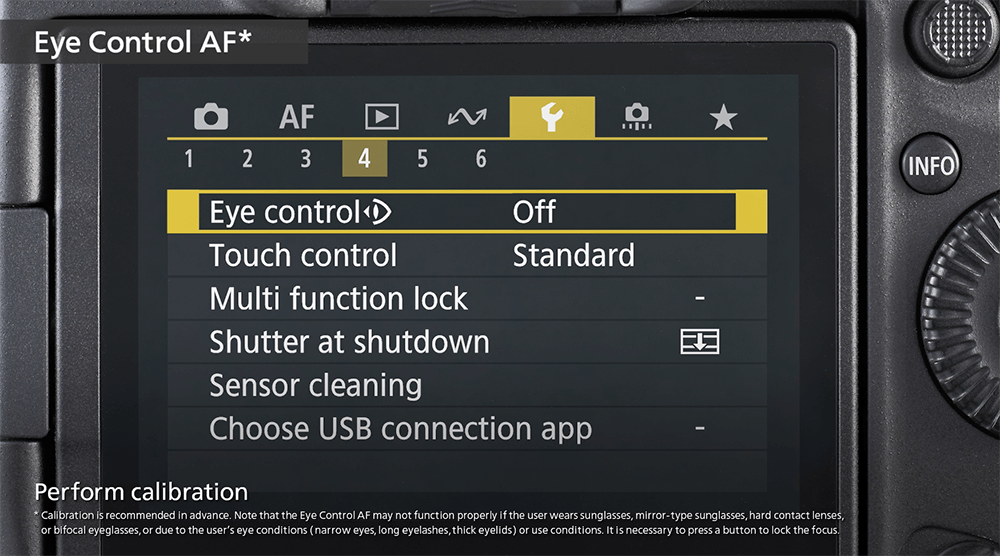
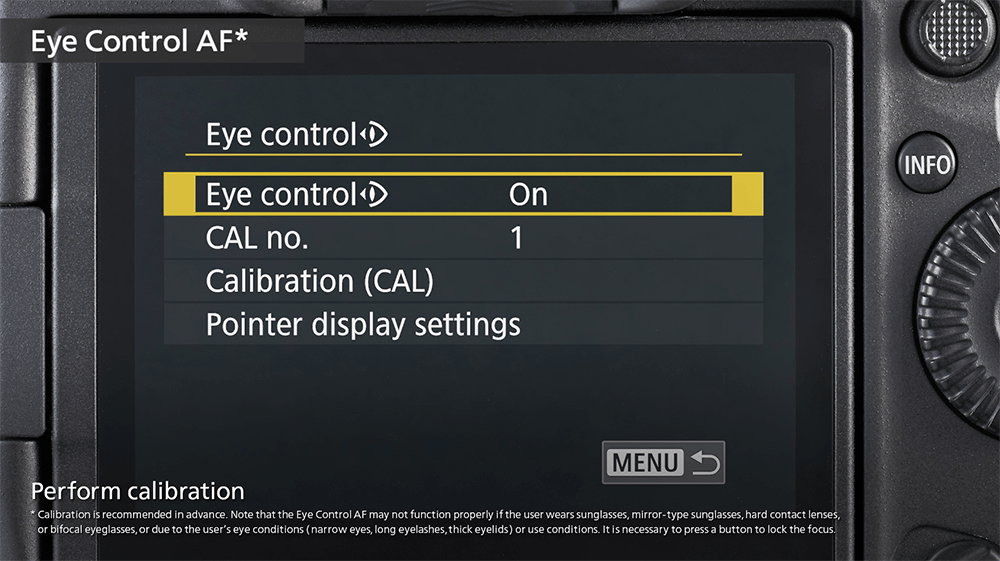
In the settings tab of the camera menu, turn on ‘Eye control’
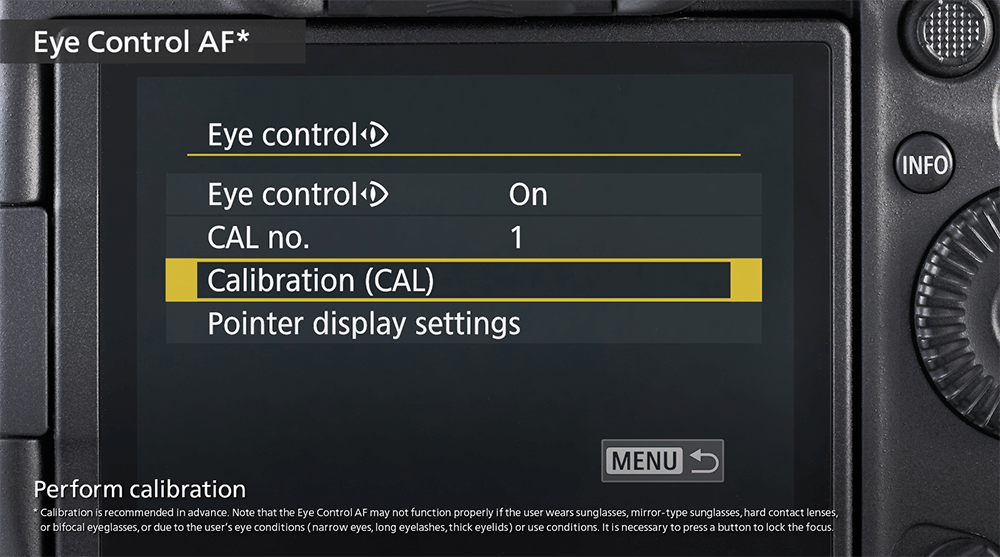
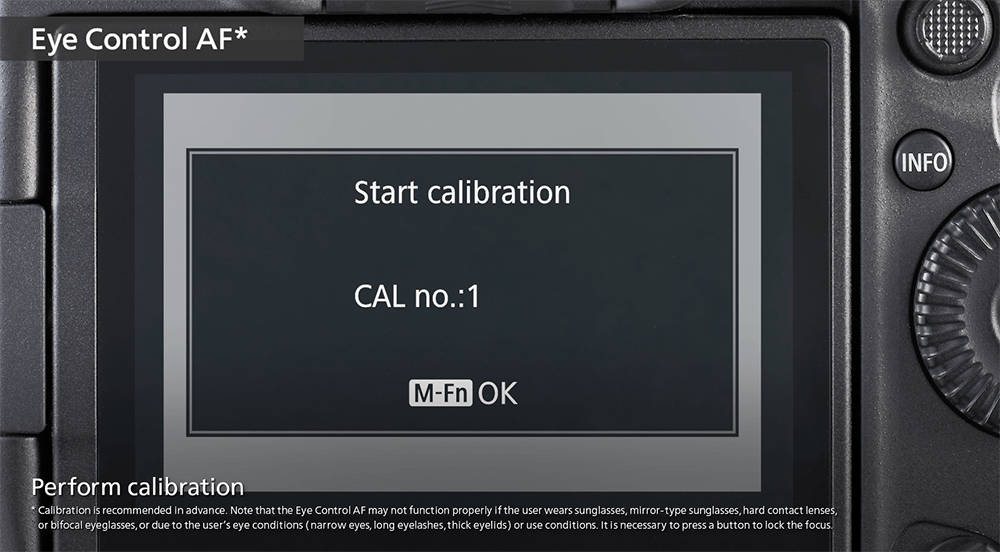
Once ‘Eye control’ has been turned on, proceed to eye control calibration, and start the calibration by pressing the ‘M-Fn’ button located on the top of the camera near the shutter button.
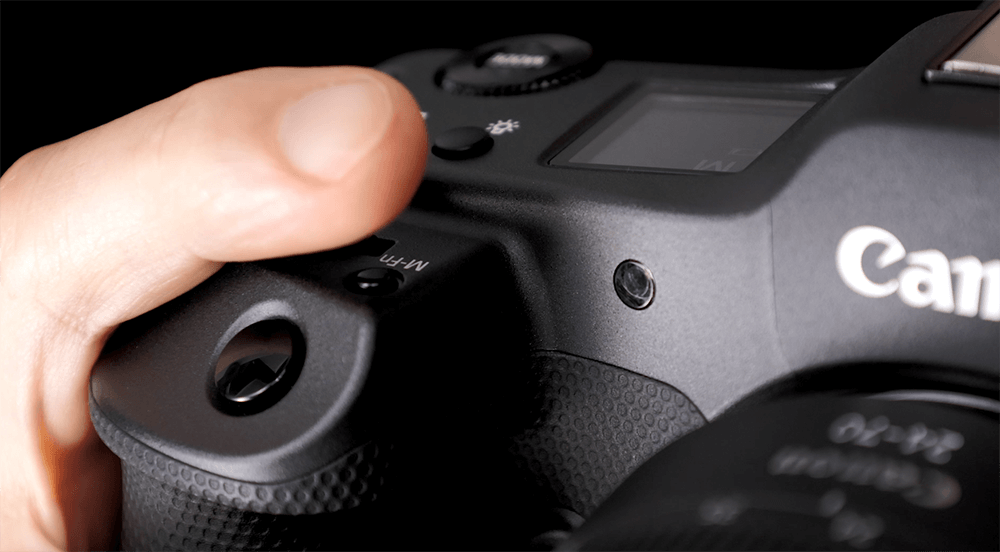
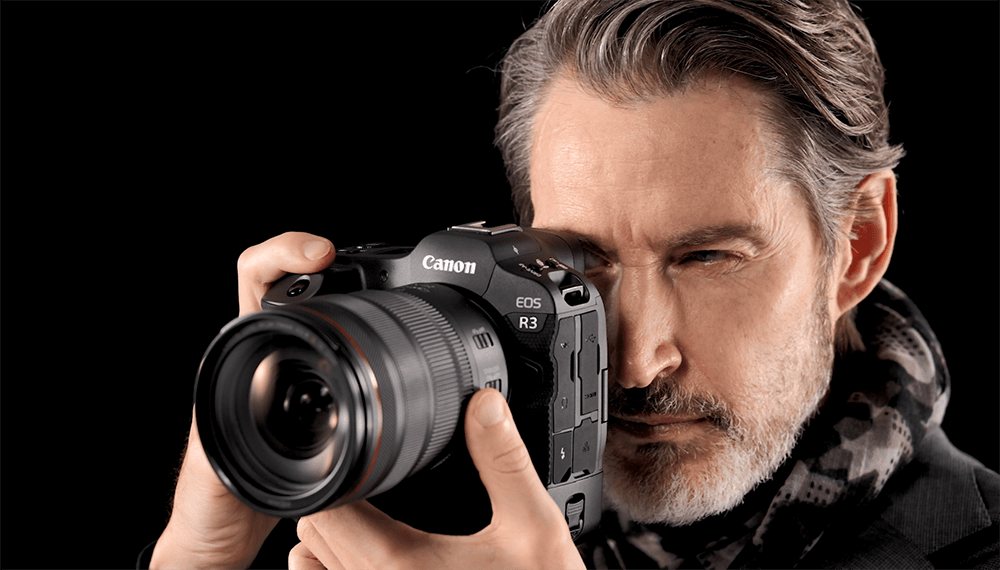
To begin the calibration process, press down on the ‘M-Fn’ button and bring the EVF to your eye.
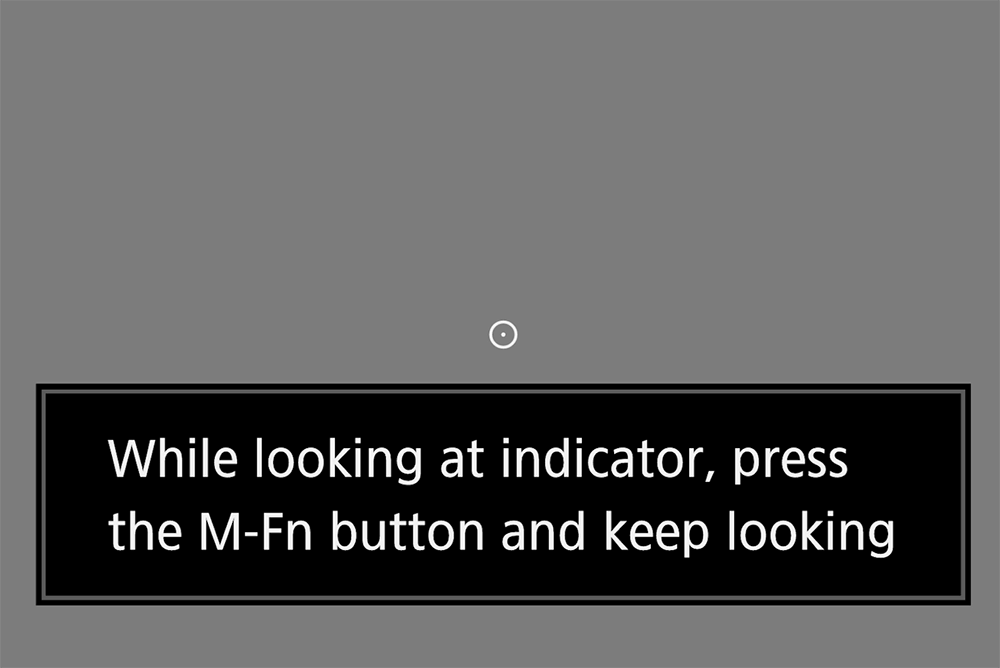
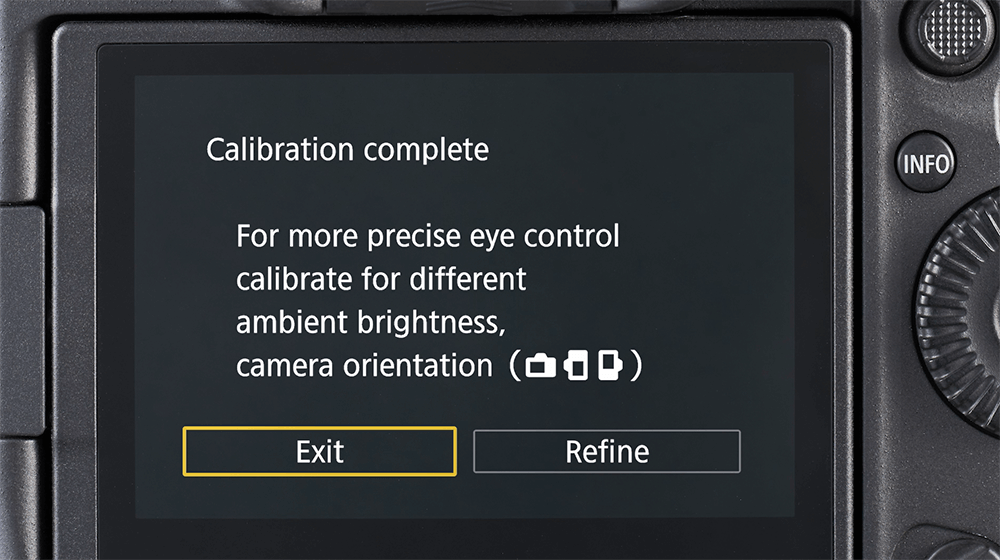
Follow the prompts and focus on the indicator as it moves to different parts of the screen. Once the calibration is complete, a message will appear. It is recommended to do multiple calibrations in portrait and landscape orientations, as well as in different lighting scenarios to ensure the best AF performance.
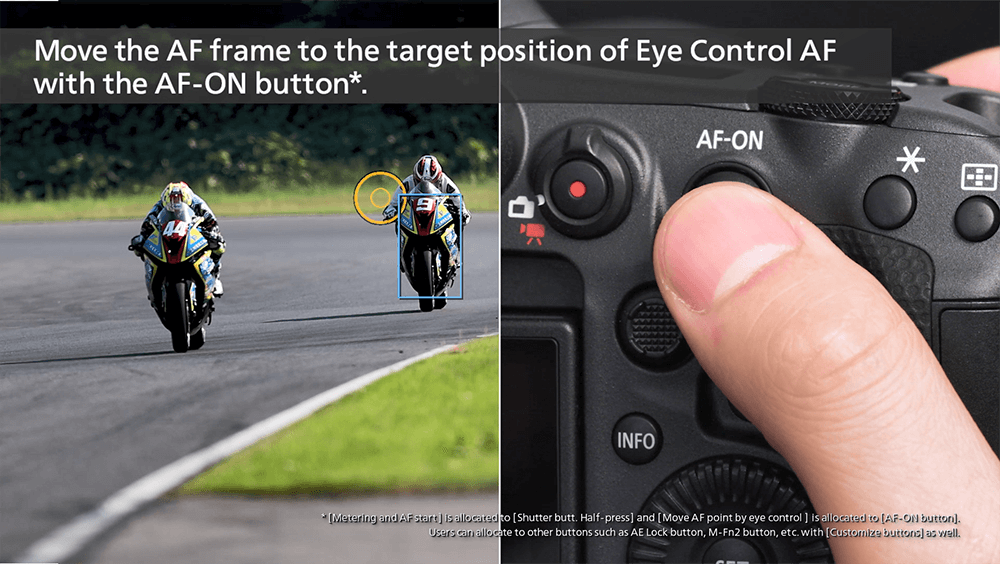
Once calibration is complete, you can use Eye Control AF. By either half pressing the shutter button or pressing the ‘AF-ON’ button, you can lock onto the desired focus point or lock tracking on to a new subject and trigger the shutter release to take the image.
Eye Control AF may not work, or accuracy may be reduced in the following situations:
• When users are wearing sunglasses, mirrored sunglasses, hard contacts or bifocals.
• Eye Control AF can be used with regular glasses, however the accuracy may be reduced due to reflections or unclean surfaces, or when glasses are fogged.
• In very bright or dark situations
• If the user narrows their eyes. Performance may improve if the user opens both eyes.
• In backlit or side-lit conditions or if outside light comes into the Eye Control AF sensor. Use of an extender eyecup ER-HE (sold separately) is recommended.
• If the eye is too far from the viewfinder or off the optic axis due to glasses or the photographer’s posture, the camera may not detect the user's gaze.
Tips to get the most out of Eye Control AF function:
• The user can change the pointer’s responsiveness and stability by altering the pointer sensitivity setting in the camera’s menu.
• The user can also choose between different options for the Eye Control pointer including colour (orange, purple or white), size (standard or small) and shape (circle or crosshair).
• Calibration should not be performed with the camera (the lens) tilting downward.
• The Eye Control pointer may continue moving if the user continues to look at it. It is recommended to look at the subject, not the pointer.
• When the position of the eye shifts off the viewfinder during shooting, the pointer may move away from the desired focus point. This may be addressed by looking into the viewfinder from a slightly different position.
• If you decide that Eye Control AF isn’t for you, the EOS R3 features a range of other ways to control your focus point selection including an AF Multi-controller joystick, Optical Smart Controller built into the AF button and full touch screen control.
With incredible continuous shooting speeds and advanced subject tracking features, the EOS R3 is built for shooting moving subjects. Eye Control AF delivers photographers an intuitive and innovative way to quickly and accurately change focus points within the frame as they shoot.

Phil Hillyard's First Impressions of the EOS R3
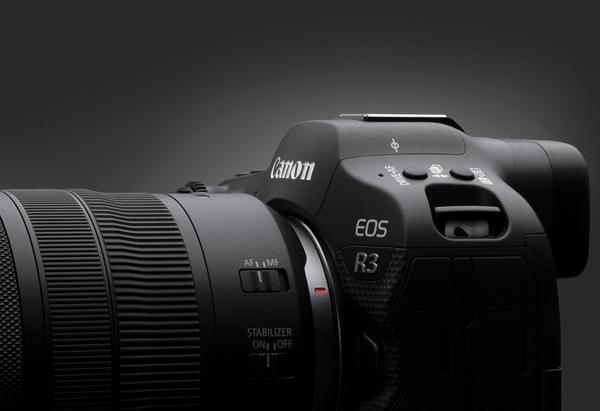
With its ground-breaking specs and capabilities, the EOS R3 is a dependable workhorse that will inspire even the most demanding of professionals. From its revolutionary new Eye Control AF to its powerhouse back-illuminated sensor, we dive into everything you need to know about the EOS R3.

Find out about the differences between EOS R3, EOS-1D X Mark III and EOS R5